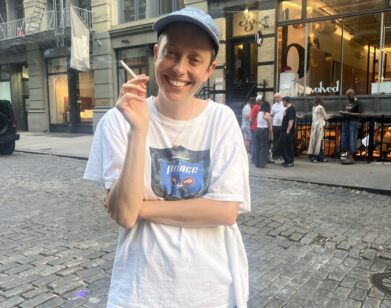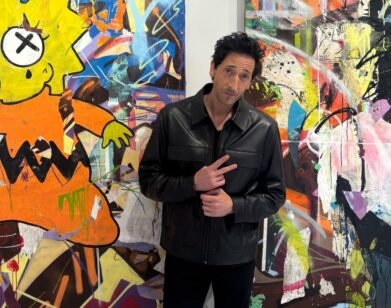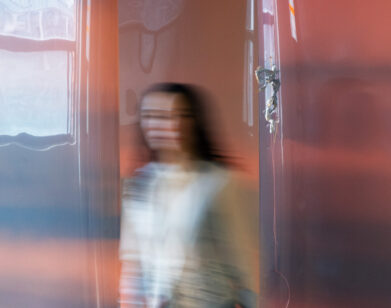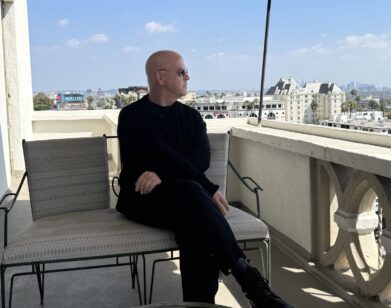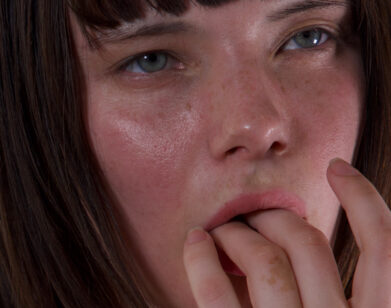Carissa Rodriguez and Ei Arakawa
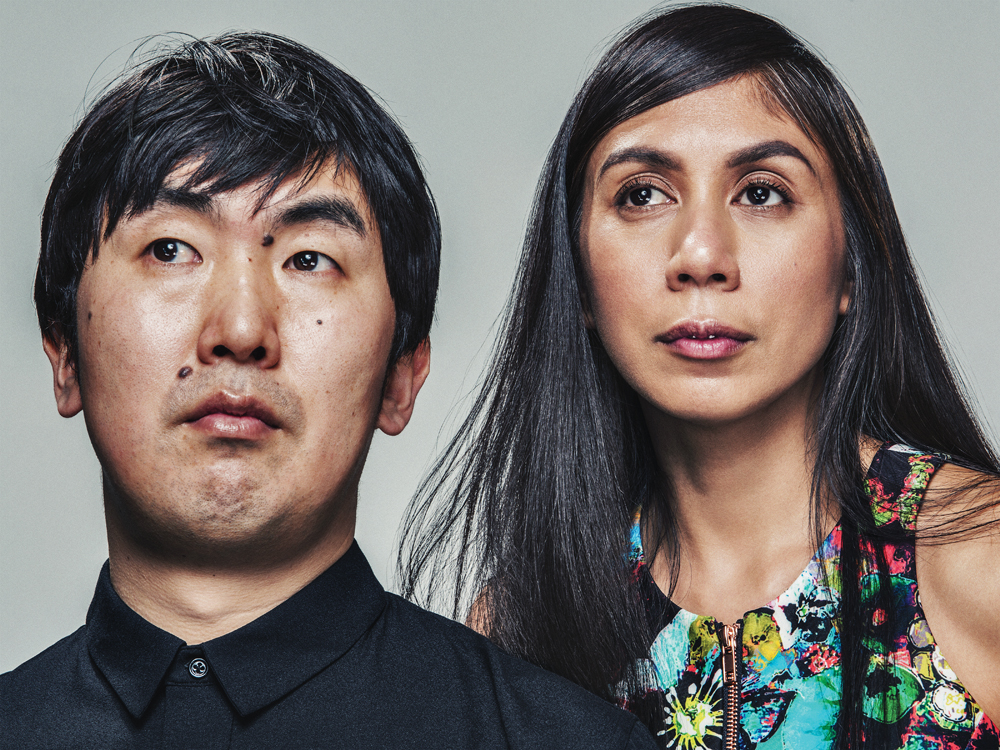
EI ARAKAWA & CARISSA RODRIGUEZ IN NEW YORK, JANUARY 2014. ON ARAKAWA: SHIRT: SANDRO. ON RODRIGUEZ: TOP: MILLY. STYLIST: VANESSA CHOW.
One of the most highly anticipated projects of this year’s Whitney Biennial is the collaboration between Ei Arakawa, the New York-based performance artist with a growing cult following, and Carissa Rodriguez, most familiar as a director of the Lower East Side gallery Reena Spaulings Fine Art. Rodriguez met Arakawa when he performed an early work in 2004 at Reena Spaulings after studying with artist Jutta Koether; today the gallery represents him. And in a reversal of the usual gallerist-artist relationship, Arakawa invited Rodriguez to collaborate on his Biennial project.
Their upcoming joint production meditates on an unlikely artistic subject: Hawaii. Arakawa spent two months on the island chain this past summer with his mother. He was drawn to Hawaii’s fictions as well as its relationship to the mainland. “Hawaii is America, but it’s regarded as an unreal space, a place for vacation—physically, a very far-away place,” he explains. Both artists see the fantasies of paradise that Hawaii conjures as “very remote places from the so-called Whitney,” as Arakawa says. Rodriguez came to visit Arakawa for two weeks on his trip. Above all, they were attracted to the notion of what Rodriguez identified as the “dropping out” and “off the grid” fantasy that the place seems to inspire. “It was a springboard to thinking about what it means to be an artist,” says Rodriguez. “What are the potentials for breaking away?”
Among their assemblage for the Biennial are multiple “portable” islands made of makeshift materials that are designed to be worn on the head during a series of performances—or “an island as a hat,” as Rodriguez puts it. Alongside these sculptures will be a 1943 Pierre Cartier-designed clock originally produced as a gift for President Franklin Delano Roosevelt. The art deco clock keeps time for five locations around the globe, commemorating strategic sites for the Allied forces during World War II. The installation meditates on marginality in relation to mainstream American culture and proposes possibilities for resistance through disappearance, a recurrent theme in 36-year-old Fukushima-born Arakawa’s performance work.
The show also proves to be a reappearance of sorts for Rodriguez. Having exhibited, among other places, with Colin de Land’s gallery American Fine Arts in the 1990s, and after working more actively as a dealer than an artist for several years, the 43-year-old New Yorker began to show her work more regularly in 2009, and has recently reemerged with a number of installation projects, some featuring Cartier rings set in heavy marble slabs. Now, thanks to Arakawa, she has her Whitney debut. Their collaboration is an experiment in subverting paradise.
For more from the 2014 Whitney Biennial, click here.

